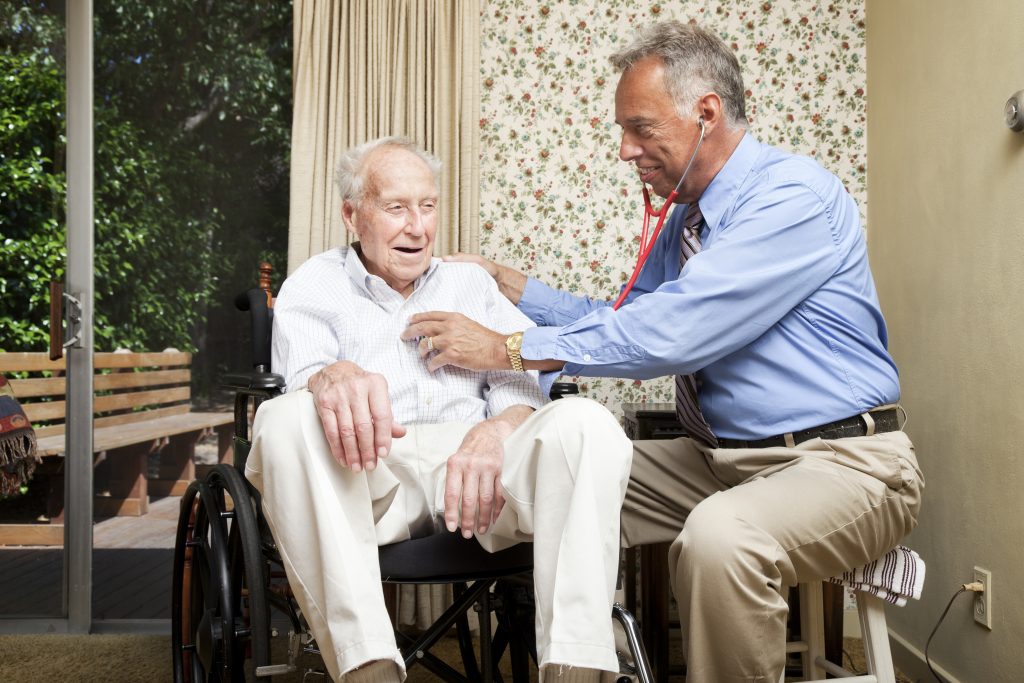House Calls Can Lead to Dramatically Better Health Outcomes Among the Elderly
Written by Alieza Durana | Pacific Standard | May 1, 2019
Research shows that house calls are an excellent way to deliver care, providing better outcomes and lowering costs. So why aren’t we funding more of them?
Dr. Eric De Jonge, a geriatrician at Medstar Health in Washington, D.C., is on his way to work—but not at the hospital. After parking his car, he arrives at the front door of a small basement apartment, inside of which he greets his patient: an 82-year-old man bedridden after a stroke. He checks the man’s vitals, asks about his diet and medication, and recommends a regimen of physical therapy.
Yet as De Jonge speaks with the home health aide, who had been helping with cooking, cleaning, and monitoring the patient, and with the patient’s wife, who also serves as his primary caregiver, he learns that the wife is struggling to recover from a recent open-heart surgery. No longer able to drive, she’s been unable to get to the hospital for a post-surgery check-up and has experienced hemorrhaging and other complications.
After treating his patient, De Jonge turns to enroll the wife in the same house-call program that brought him to visit her husband, promising to return for another call in three weeks to make sure she’s recuperating and feels stable and supported.
“She would have lacked medical follow-up because she was ill and dedicated to her husband, and he could have deteriorated if she hadn’t gotten back home [post-surgery],” De Jonge recalls.
Historically, house calls were the only way most people had access to health care. In the early 1900s, doctors provided house calls to patients from the cradle to the grave. But during World War II, as hospitals and medical technology developed, hospitals became the only places where patients could get X-rays and antibiotics—two medical advances that, along with other factors, helped push the United States to the current model.
Now, even though seniors often receive various forms of care in their homes—most often provided by family, as with De Jonge’s patient and his wife—they usually still have to visit a doctor or hospital for primary care. Read the full article
